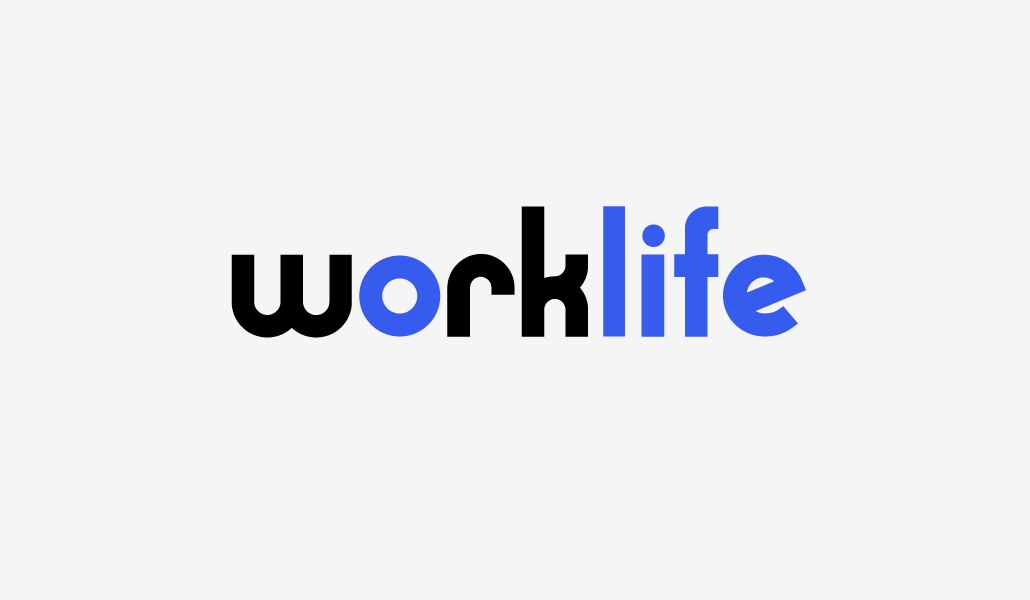Over the past few years, as hybrid and remote work has increasingly become the norm, employees have demanded more from their employers than traditional benefits as they look for more ways to prioritize their well-being.
However, building a program that makes every employee feel included and caters to the well-being of workers regardless of age, physical abilities or health conditions is challenging. If businesses don’t incorporate a robust enough well-being program, they risk losing employees, which can result in huge costs, often much more than that individual’s salary.
Organizations must find ways to place employee wellness at the forefront of their corporate culture to retain and meet their needs. In this Q&A, the Custom in-house agency at WorkLife spoke with Victoria Repa, a health coach, CEO and founder of BetterMe, a health and wellness platform with 150 million users, about how businesses can tap into corporate wellness programs to create environments where everyone feels cared for in the ways that matter to them.
While most organizations understand that supporting employees drives retention, there are other benefits as well. What are some specific ways investing in employee well-being impacts a business?
Victoria Repa: The way you, as a business, treat your employees extends beyond your moral responsibility. It has proven crucial to the long-term success of the company itself. Even if it seems like losing one employee who doesn’t feel they were supported is an insignificant loss on the company’s scale, numbers tell a different story. The cost of replacing an employee can be twice that employee’s annual pay — consider recruitment, onboarding and training expenses. As a result of this turnover, US businesses are losing around 1 trillion dollars every year.
This financial burden alone underscores the importance of nurturing a healthy and supportive work environment to retain top talent. When companies invest in their employees’ physical and mental well-being, every individual within the organization has the potential to contribute significantly to the company’s growth and success.
Companies following these practices can see a direct correlation between inclusive well-being programs and improved business outcomes. For example, as a company headquartered in Ukraine that offers a corporate wellness program, BetterMe for Business, among its products, BetterMe has demonstrated that even in challenging circumstances, such as a full-scale war, this approach facilitated a 20% growth in the company’s financials and headcount in 2022.
In essence, companies that care about their long-term success recognize that the well-being of their employees is not just a cost to be managed. It’s an investment that yields substantial returns regarding productivity, retention and overall business performance.
The idea of getting started with such a transformation might seem daunting. Where should companies start, and how should their teams think about inclusivity?
Victoria Repa: For a business looking to get started, the first question to answer is: How inclusive are we in our practices? An organization’s workforce might be diverse, but that doesn’t automatically translate to inclusivity in their approach. Being an inclusive employer means catering to the diverse needs of your employees across various groups and levels, such as working mothers, individuals with disabilities or chronic health conditions and different age categories.
An MIT Technology Review Insights report highlights that CEOs recognize the potential for transforming their businesses by bringing customer and employee experience improvements into one end-to-end strategy. This strategic alignment promises revenue growth and enhances business agility and resilience.
However, a different truth emerges when we consider the current state of corporate wellness initiatives. While approximately 13% of the population has disabilities, there are not many wellness programs tailored specifically for employees facing them. A more comprehensive and inclusive approach extends beyond addressing the gender gap.
Recognizing and addressing the unique needs of these diverse groups fosters a more equitable and supportive work environment. Inclusivity offers a win-win situation for everyone and is a strategic imperative for thriving in today’s competitive market.
What kind of solutions are available for businesses looking to improve this corporate wellness gap?
Victoria Repa: Although an individualized approach is necessary, let’s face the truth: it’s hard for businesses of any scale to account for everyone. It requires resources, time and attention not every company can afford.
Any corporate issue should be addressed with a corporate solution — an inclusive corporate wellness program in this case. When thoughtfully designed and executed, these programs serve as holistic tools that foster care and inclusivity among diverse employee groups. A key principle underlying their efficiency is individualization. Their goal is to ensure that wellness initiatives cater to the specific needs of each employee, ultimately yielding inclusive results.
Corporate wellness programs, exemplified by BetterMe for Business, are designed with diversity, inclusivity and equity in mind. First, they must be comprehensive, catering to fitness enthusiasts and newcomers, spanning generations from Gen Z to senior citizens. They should also be adaptable, so they should accommodate individuals with varying abilities and health conditions, such as those who use wheelchairs, amputees, expecting mothers and individuals managing diabetes.
What sets these programs apart is their commitment to bio-individual support. This approach acknowledges that employees have distinct well-being journeys, thereby driving lasting behavioral changes and reducing healthcare costs for employers and members. By signing up for inclusive corporate wellness programs, you can access highly customizable programs to suit your employees’ unique physical, psychological and lifestyle needs.
Ready-to-use tools, marketing assets and employer customer support can smooth program integration for everyone. As your business starts prioritizing employees’ well-being, workforce care can take multiple shapes, such as educational programs and local wellness initiatives.
In a world where most recognize mental and physical health as equally important, having a diverse workforce is no longer sufficient. As soon as companies recognize it, they can start leveraging employee well-being as a crucial tool for their business success.
Sponsored by BetterMe










